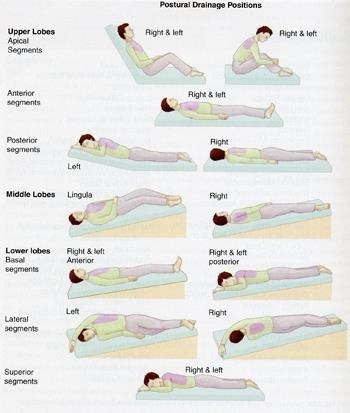A nurse is assessing the pain status of a group of clients. Which of the following findings indicates a client is experiencing referred pain?
A client who has peritonitis reports generalized abdominal pain.
A client who has angina reports substernal chest pain.
A client who has pancreatitis reports pain in the left shoulder.
A client who is postoperative reports incisional pain.
The Correct Answer is C
Referred pain is pain that is felt in a location different from its source due to shared nerve pathways or central nervous system processing. A client who has pancreatitis may experience pain in the left shoulder due to irritation of the diaphragm by pancreatic enzymes or inflammation. This pain is referred from the abdominal cavity to the shoulder through the phrenic nerve.
A client who has peritonitis reports generalized abdominal pain that corresponds to the site of inflammation and infection in the peritoneum. A client who has angina reports substernal chest pain that reflects the ischemia and hypoxia of the myocardium. A client who is postoperative reports incisional pain that is caused by tissue damage and inflammation at the surgical site.
Nursing Test Bank
Naxlex Comprehensive Predictor Exams
Related Questions
Correct Answer is ["A","B","C"]
Explanation
Drinking plenty of fluids helps flush out bacteria from the urinary tract and prevent urinary stasis . Wiping from front to back prevents contamination of the urethra with fecal bacteria . Cranberry juice may prevent bacterial adherence to the bladder wall and lower the pH of urine, making it less favorable for bacterial growth . However, cranberry juice should be low in fructose because high-fructose corn syrup may increase bacterial growth . Bubble baths may irritate the urethra and increase the risk of infection . Voiding frequently (every 2 to 3 hours) prevents urinary stasis and bacterial growth .
Correct Answer is B
Explanation
A chest physiotherapy vest is a device that delivers high-frequency chest wall oscillation to loosen and mobilize mucus from the airways . This helps improve lung function and prevent respiratory infections in patients with cystic fibrosis, who have thick and sticky mucus production . A peak flow meter is used to measure the peak expiratory flow rate, which reflects the degree of airway obstruction in patients with asthma .
An NG tube with suction apparatus is used to decompress the stomach and remove gastric contents in patients with bowel obstruction, paralytic ileus, or gastroparesis . A chest tube with a drainage system is used to remove air or fluid from the pleural space in patients with pneumothorax, hemothorax, or pleural effusion .

Whether you are a student looking to ace your exams or a practicing nurse seeking to enhance your expertise , our nursing education contents will empower you with the confidence and competence to make a difference in the lives of patients and become a respected leader in the healthcare field.
Visit Naxlex, invest in your future and unlock endless possibilities with our unparalleled nursing education contents today
Report Wrong Answer on the Current Question
Do you disagree with the answer? If yes, what is your expected answer? Explain.
Kindly be descriptive with the issue you are facing.
